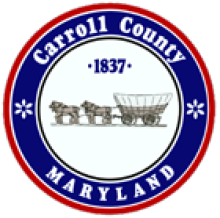In Kansas, Ottawa Launches Own Fiber Optic Network
Ottawa, located in east central Kansas, recently launched its own municipal fiber network. The community of 13,000 in Franklin County watched nearby Chanute build and establish its own broadband utility. Ottawa plans a similar incremental strategy. Both communities boast strong farming traditions and host industrial employers that could not get what they needed from the existing providers.
I spoke with Chuck Bigham, IT Director for the City of Ottawa, who gave me some nuts and bolts on the network. I also touched base with City Manager Richard U. Nienstedt, both are heavily involved in the establishment of the network.
Like in Chanute, local leaders have long nourished a vision for better connectivity. In recent years, they realized the vision was not only attainable, but necessary for the community to thrive.
Approximately seventeen miles of fiber, installed by USD 290 and Franklin County in the 1990s, was already in the ground when the project began. Students and staff connected to the Internet and linked the 8-10 school district facilities via its fiber network. These pre-existing resources became the backbone of Ottawa's new utility. Cooperation between the City Municipal Utility, USD 290, and Franklin County facilitated the configuration of the new network. Ottawa now provides business Internet access, expanded educational opportunities, and a higher level of service than was previously available.
Two years ago, the City and its Chamber of Commerce reached out to major businesses to determine the need for broadband. They found businesses in Ottawa were connected through existing providers, but were unhappy with price and level of service. The community's industrial park seemed especially disadvantaged. Businesses needed better upload speeds than the existing T1s, which ran up to $600 per month. While DS3 connections were available, they were unaffordable and there was no level of service between the two options. Businesses could not convince AT&T to offer something they could afford and, as Bigham noted, the telecom giant appeared to be "milking the cow."


